This not only creates significant opportunities for logistics service providers but also drives economic growth in the region. However, to fully capitalize on this potential, Southeast Asian countries need to enhance logistics infrastructure and embrace new trade trends.
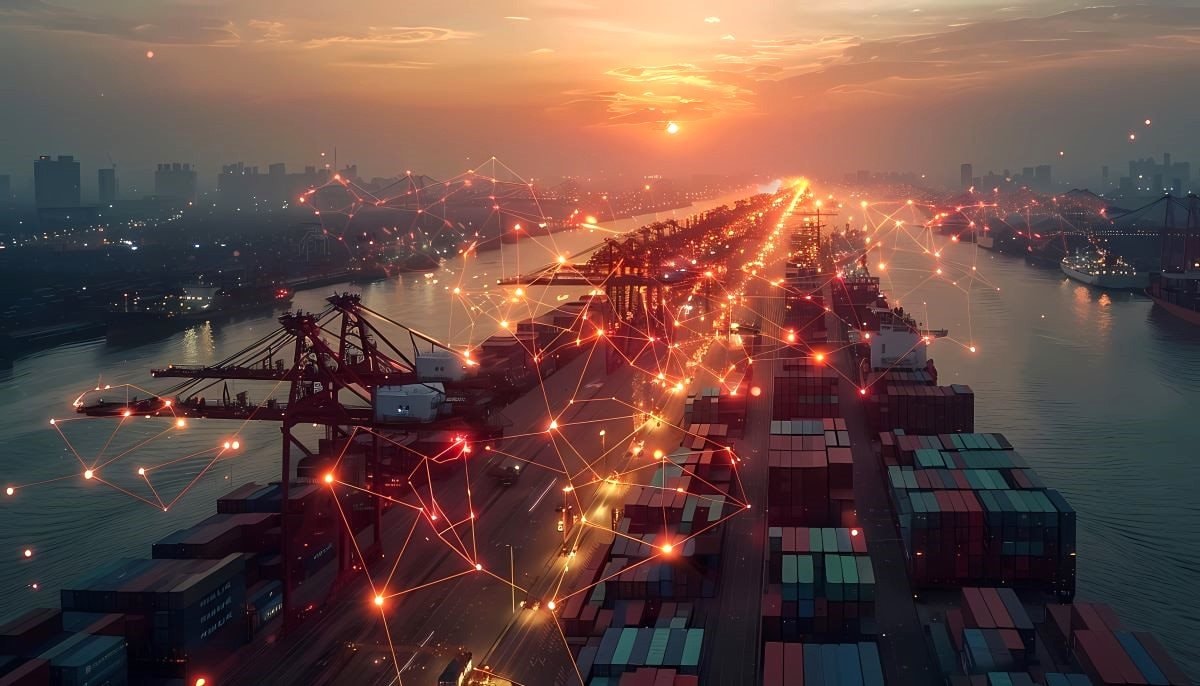
Southeast Asia in the global supply chain
The global supply chain is undergoing significant transformation, shifting from dependence on a single supply source to diversification in order to reduce risks. The COVID-19 pandemic exposed vulnerabilities in the supply chain, as countries and businesses faced production and trade disruptions. In response, global manufacturers began searching for alternative production locations, and Southeast Asia has become an attractive destination.
Notably, Vietnam and Indonesia lead the region in attracting FDI in manufacturing and exports. In 2023, Indonesia received around USD 33 billion in new manufacturing FDI, while Vietnam attracted USD 16 billion. Indonesia’s exports reached USD 290 billion, while Vietnam outperformed with USD 440 billion. These figures not only highlight the region’s appeal but also underscore the potential for logistics and infrastructure development to support increasing trade flows.
Manufacturing and Export Boom – Vietnam and Indonesia take the lead
Vietnam is currently Southeast Asia’s largest exporter, with a compound annual growth rate (CAGR) of 8.2% from 2019 to 2023. The electronics sector is the primary driver of this growth, with major investors from the U.S., Europe, and China choosing Vietnam as a production base. Similarly, Indonesia has achieved an impressive export growth rate of 12.3% during the same period, thanks to its industries in metals, minerals, and chemicals.
Both countries are expanding their production capacities and upgrading infrastructure to support exports. Indonesia, rich in natural resources, has focused on developing downstream industries and tapping into its potential in metals and minerals. Meanwhile, Vietnam has attracted substantial FDI in the electronics sector, facilitating the expansion of exports to major markets such as the U.S. and Europe.
Thailand and Malaysia: Rising stars
Thailand and Malaysia are also gaining prominence. Thailand’s exports increased from USD 257 billion in 2019 to USD 314 billion in 2023, with a CAGR of 4.4%. Although the growth rate is not as fast as Indonesia or Vietnam, Thailand remains one of the region’s leading manufacturers, particularly in the automotive and electronics sectors. Thailand is currently advancing its electric vehicle (EV) sector, with plans to expand the production of four-wheel electric vehicles (E4Ws).
Malaysia also recorded impressive export growth, from USD 280 billion to USD 370 billion between 2019 and 2023. The electronics sector, including semiconductors, and the automotive industry are two areas that have attracted significant FDI, contributing to Malaysia’s strong export performance.
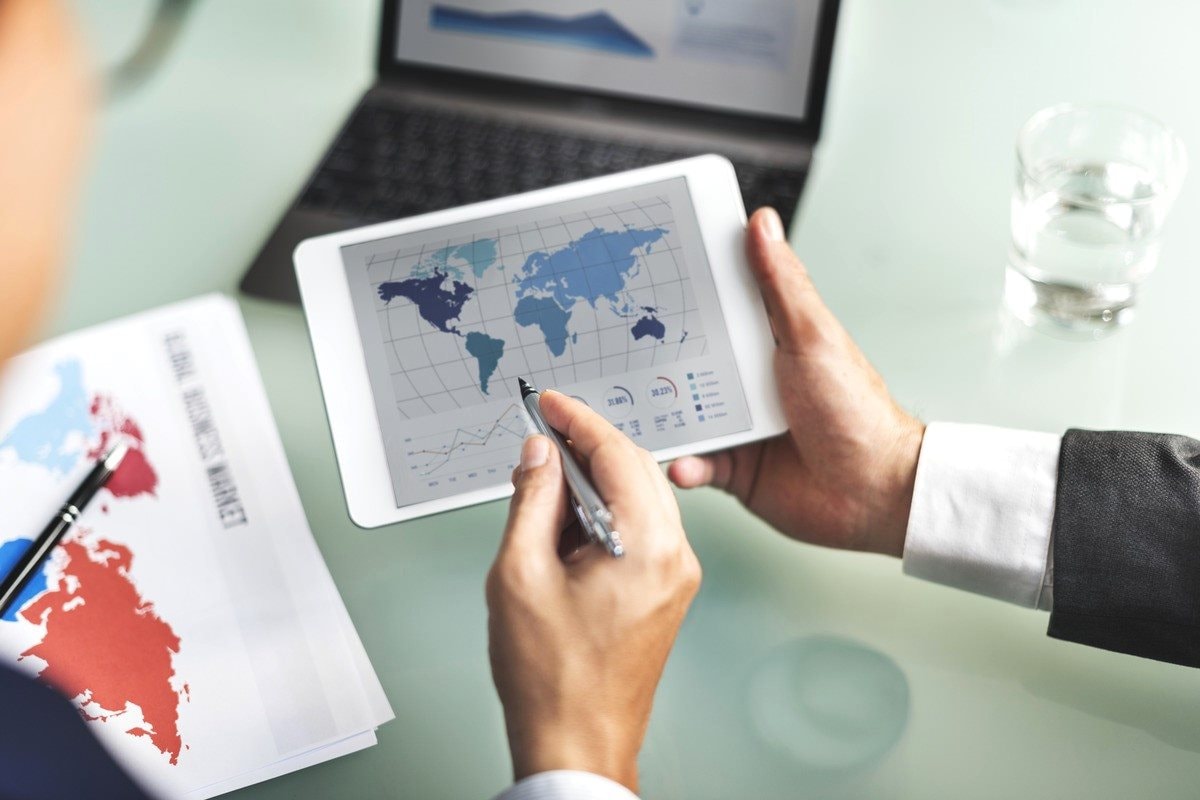
Logistics infrastructure challenges
While Southeast Asia is witnessing remarkable growth in production and exports, its logistics infrastructure has not yet caught up with the increasing demand. Countries like Indonesia, Malaysia, Thailand, and Vietnam have announced or launched projects to upgrade transport infrastructure, including roads, seaports, airports, and bridges. However, there remains a gap between current investment levels and what is truly needed to accommodate future trade flows.
Our analysis suggests that if regional trade continues on its current trajectory, an additional USD 60 billion may be needed to develop the region’s trade infrastructure. This opens opportunities for private investors, logistics companies, and other stakeholders to contribute to this growth.
Logistics Potential in Vietnam, Indonesia, and Malaysia
Vietnam is one of the countries with significant potential for logistics development, especially in the containerization of electronics shipments. Vietnam’s exports of chemicals and electronics to Mainland China, Taiwan, and the U.S. have grown significantly, driving demand for logistics services to support this growth.
With the strong growth of exports and rising foreign investment, Vietnam's logistics sector has significant potential to thrive. However, to maximize this opportunity, Vietnam must invest further in infrastructure and enhance the quality of its workforce. Logistics companies should also quickly embrace the trends in containerization and cross-border logistics services to solidify their position in the global supply chain.
Indonesia, with its metal exports increasing by 179% from 2016 to 2023, also has high demand for specialized logistics in the chemicals and metals sectors. Malaysia stands out with metal exports reaching 10 million tons per year, mainly to China, alongside approximately 3 million tons of electronics exports annually, primarily to the U.S.
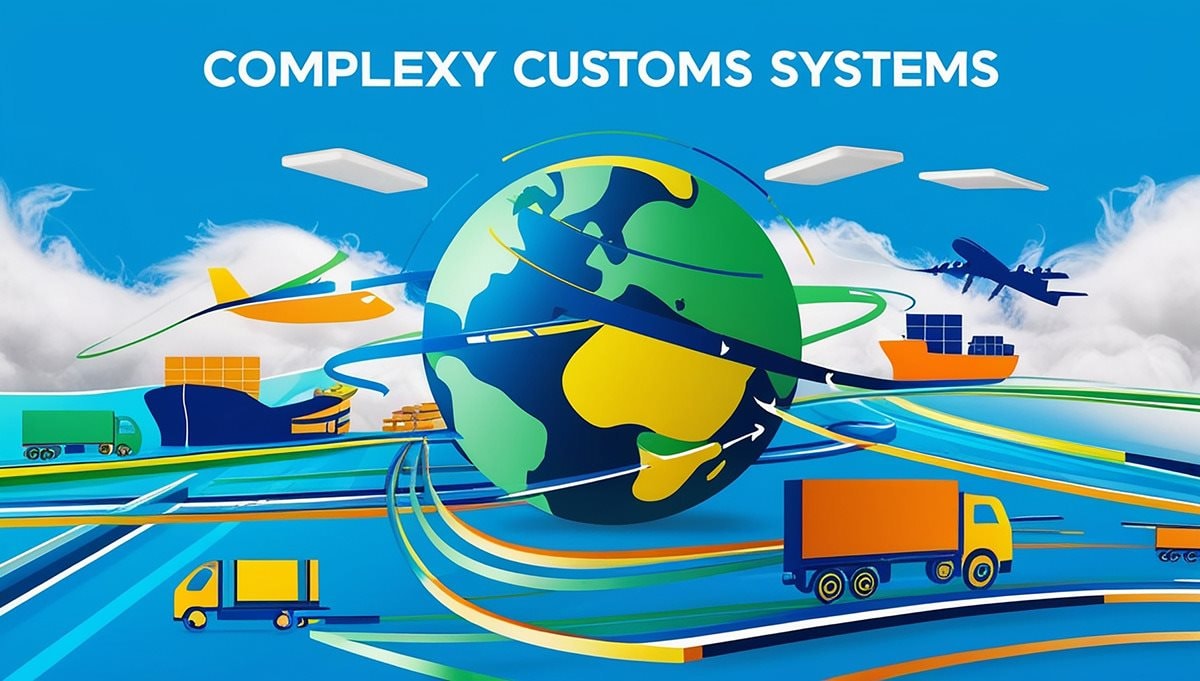
Strategic considerations for logistics companies
For logistics companies looking to enter the Southeast Asian market, it is crucial to develop a sound strategy, which includes:
- Building an appropriate sales model: Leveraging local commercial forces to develop relationships in target markets. However, it is important to consider the development of local talent, which remains a challenge in some areas.
- Offering suitable services: Logistics companies can provide comprehensive services from border to local areas, including express delivery, time-sensitive services, and customs brokerage. These services are particularly important given the complexity of customs regulations in the region.
- Exploring partnerships and investment models: Joint ventures or mergers and acquisitions (M&A) with local companies can be an effective strategy. Additionally, partnering with investors to develop infrastructure or working with manufacturers to become trusted supply chain partners can offer competitive advantages.
Opportunities and challenges ahead
Southeast Asia is emerging as a crucial production and export hub in the global supply chain, especially in sectors such as electronics, chemicals, metals, and electric vehicles. With increasing FDI and the development of new industries, countries in the region have a tremendous opportunity to drive economic and logistics development. However, to fully realize this potential, more substantial investment in logistics infrastructure is needed, alongside active participation from international companies and investors.
The challenges ahead include balancing infrastructure development, improving workforce training, and seizing opportunities from global supply chain shifts. If Southeast Asian countries can address these challenges, the region will continue to grow and become an essential link in the global supply chain, not only in production but also in logistics and supply chain services.


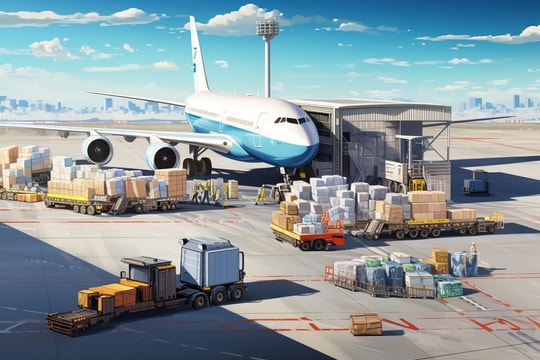


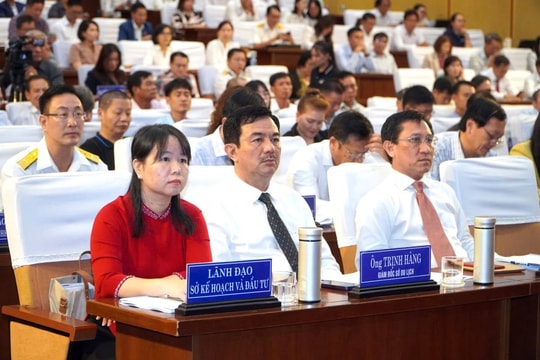
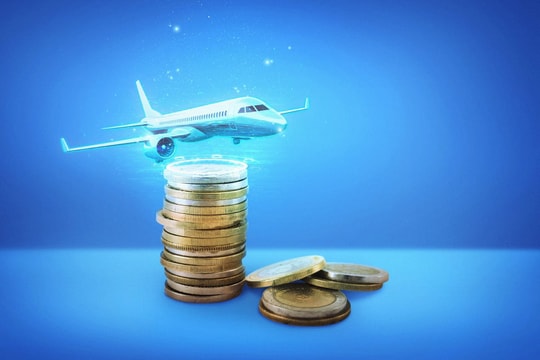
.jpg)
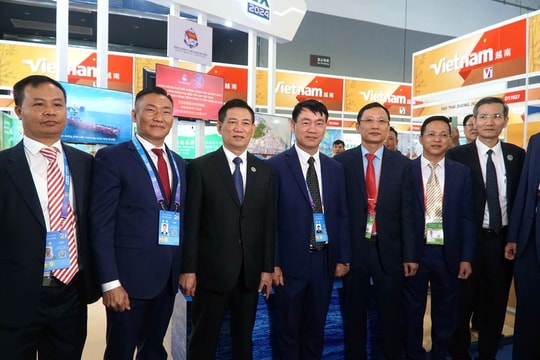
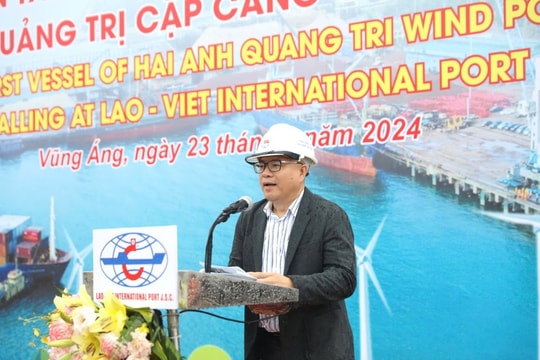
.png)
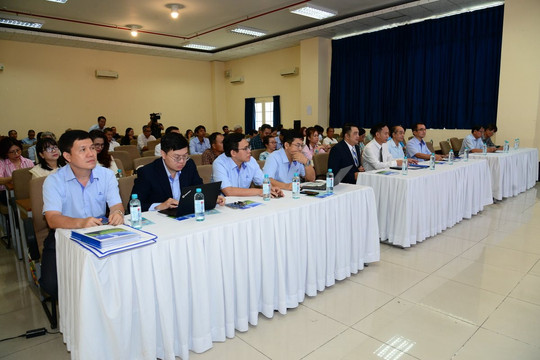
.png)
.png)
.png)


.png)
.png)






.png)

